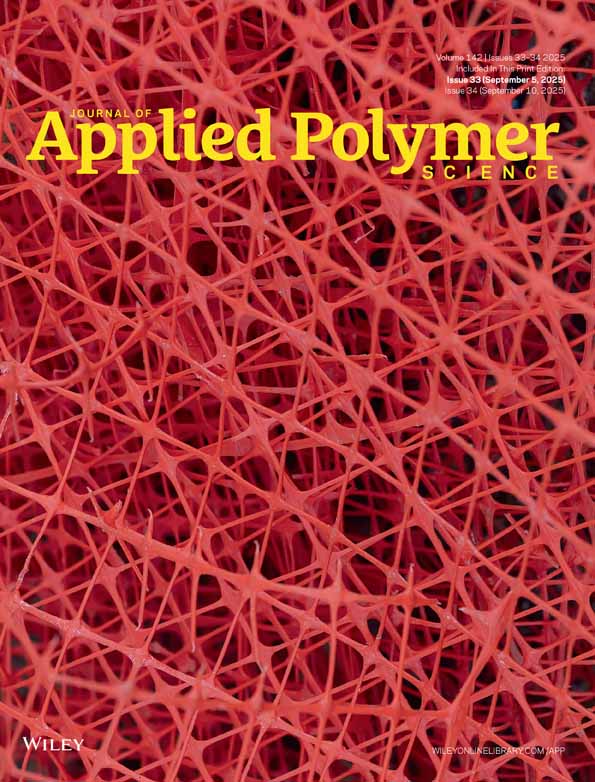Effect of surface treatment on the properties of polypropylene/nanoboehmite composites
Abstract
Boehmite nanoparticles are surface modified with alkyl phosphorous acid to improve their dispersion in polypropylene. Effective grafting is evidenced by NMR, elemental analysis and by the fact that the dispersion ability (or disagglomeration) of grafted boehmite particle in nonpolar solvent is significantly altered. High dispersibility level in PP is obtained with long alkyl chain surface modifiers. The improvement of the nanocomposites thermal stability is correlated with the nanoparticles dispersion level. However, composite with well dispersed nanoparticle did not demonstrate enhanced mechanical properties because of weak polymer/filler interactions with the PP matrix. Better reinforcement is noticed for polypropylene composite loaded with untreated boehmite or treated with shorter alkyl chain. For these composites, the nanoparticles acted as nucleating agents. © 2009 Wiley Periodicals, Inc. J Appl Polym Sci, 2010




